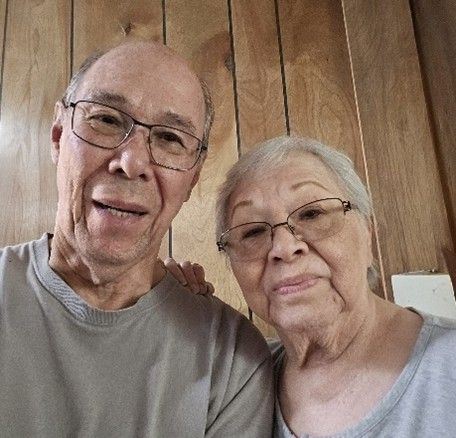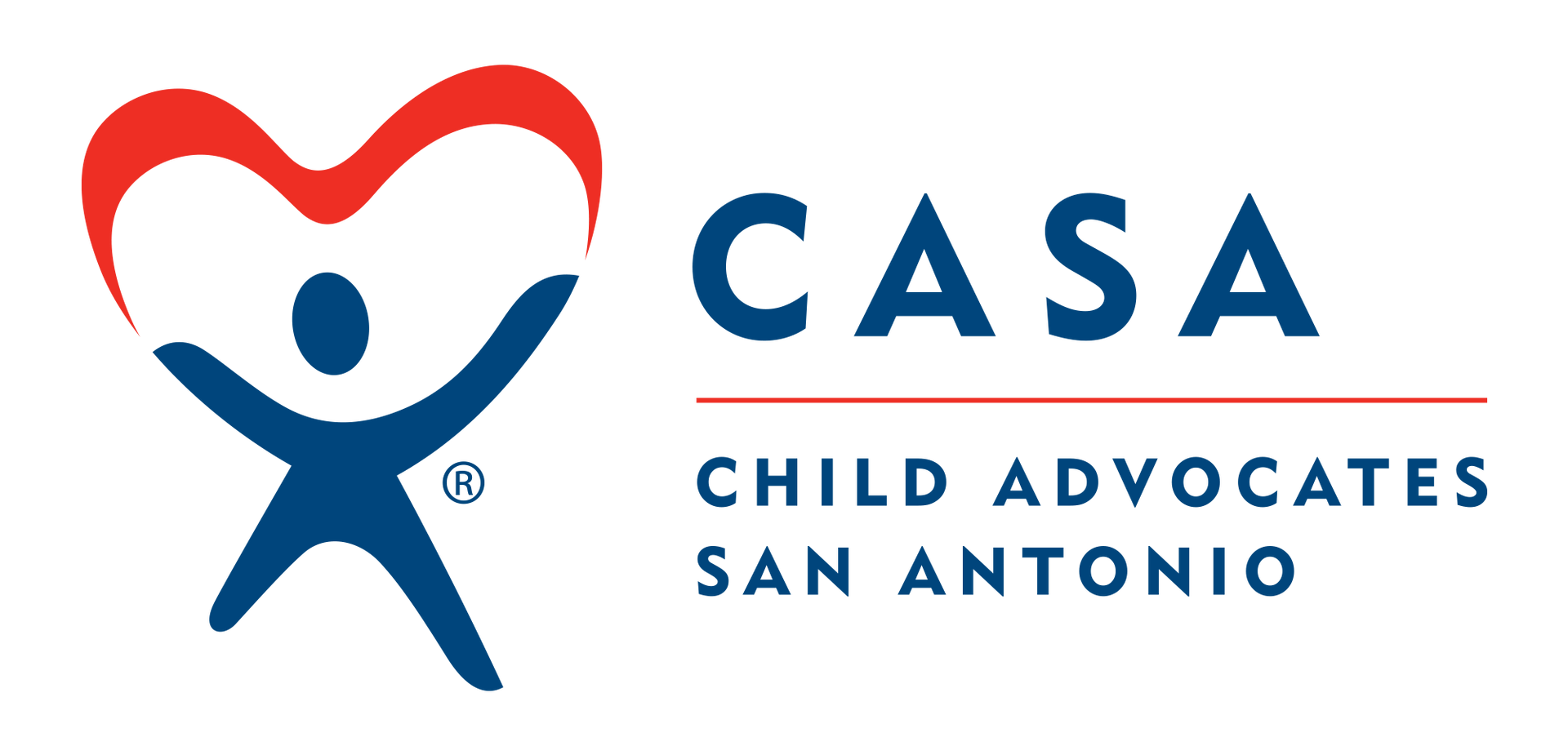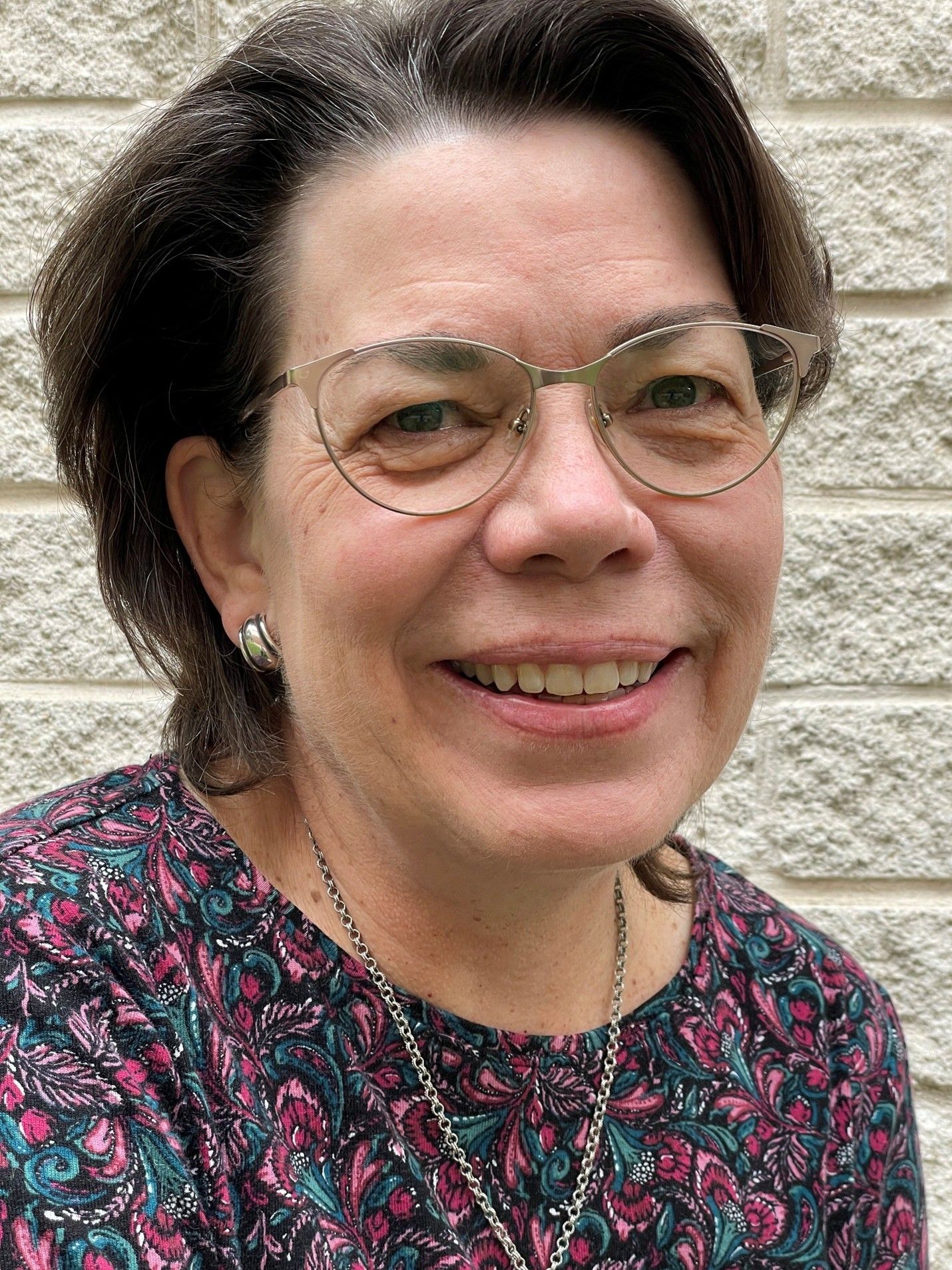Uncertainty During a Global Pandemic
Advocate Impact Story
This month’s Story of Hope is a continuation of a story that was previously highlighted in October of 2019. When that story was featured, termination of parental rights had just been granted to the parents of Joshua and Shawn. Both boys were in separate foster to adopt homes; however, both sets of foster parents were dedicated to prioritizing the sibling bond between Shawn and Joshua.
Normally after termination of parental rights an adoption can happen fairly quickly. Unfortunately, in this case we still had a paternal grandmother that was requesting placement and custody of both boys. The grandma had filed a legal intervention so that put the adoptions on pause until the intervention was sorted out. Advocate Janet Penley was determined to see this case through to the adoption of both boys.
Janet continued to visit both boys monthly and follow up with teachers and therapists to ensure they received the care and services they needed. Joshua had an especially hard time during this period because he was very attached to his foster parents and did not understand why there was a delay in his adoption. It seemed that each time we went to court hoping that the adoption could move forward, we were always met with more delays or complications. It was finally ordered that Joshua’s adoption could be consummated since he was not related to the paternal grandmother.
Joshua was finally adopted in April 2020 during all of the quarantine craziness. Joshua’s family, friends, and attorney celebrated his adoption with a festive car parade to mark the occasion. Joshua was finally able to relax in his home with his new family. Once Joshua was adopted all of the focus turned to Shawn and what needed to happen in order for him to have the same happy ending as his brother.
Shawn was getting much needed behavioral therapy but he also needed speech and occupational therapy. Due to Covid-19 these services were only available via Zoom. Unfortunately, Shawn really needed in person services since he was younger and had a shorter attention span. Janet continued to support the foster parents and helped provide some resources and ideas on what they could work on at home until he could attend in-person services.
We had several more court hearings to check on the adoption status and finally a decision was made to set a trial date for all parties to be notified and to address the intervention complication once and for all. Janet diligently completed yet another court report recommending that Shawn stay in his current placement as he had now lived there most of his life and was very bonded to his foster family.
The zoom hearing started and it was announced that the grandmother had come to an agreement with the adoptive parents and that the adoption would be able to proceed that morning. Shawn’s foster care journey was now over almost 3 years to the day that the case was started.
Through it all Janet was the one constant that was there through it all. She was there the day that the kids were removed from their grandmother and every month after that. This was a most unusual case filled with uncertainty and delays due to legal complications and a global pandemic but in the end Shawn and Joshua are thriving and have the brightest of futures.

Jimmy and Mary Young eagerly began their second case in August 2024. The children—Chris, 11; Emily, 9; and Sofia, 7—were in the care of the Department due to neglectful supervision by their mother, who struggled with alcohol dependency and depression. She had left the children unattended to travel to Port Aransas to drink and go fishing. In addition, the home environment was observed to be in disarray, with minimal food, posing a risk to the children’s well-being. The mother was arrested on three counts of abandonment of a child. The children’s father had passed away from cancer a few months earlier, in March 2024. The children were initially placed with their grandmother, who decided after a few weeks that she could not care for them. They were then placed with an uncle, who gave notice within two weeks. Subsequently, the children were placed together at Boysville, where they remained for the duration of the case. Although the children had already experienced two moves in just one month, the Youngs were optimistic about their placement at Boysville. The children from Jimmy and Mary’s first case had also been placed at Boysville, so the Youngs were familiar with the facility and had established a good rapport with the staff. From the beginning, Mr. Jimmy introduced himself to all parties involved in the case, exchanged phone numbers with the caseworker and the children’s attorney, and maintained close communication with them during the children’s moves. Once the children were placed at Boysville, Mr. Jimmy contacted the case manager and counselors there to inquire about setting up therapy and enrolling the children in school. The Youngs advocated for transportation to and from school, and the children were approved to ride the school bus. They also recommended bereavement therapy to help the children cope with the loss of their father. Mr. Jimmy learned about a summer camp at the Children’s Bereavement Center, made a few calls, and successfully registered the children to attend. Throughout the duration of the case, the Youngs visited the children monthly, maintained close contact with the CPS caseworkers, updated the children’s attorney after visits, and remained in frequent contact with the children’s therapists and teachers. They advocated for tutoring and addressed behavioral concerns with the children’s therapists. The Youngs documented everything in Optima, wrote court reports, and attended several CASA training courses to stay informed and further their knowledge of child welfare. They also chose to attend court in person to maintain face-to-face contact with the judge, other parties on the case, and the children’s mother. One particularly notable aspect of this case was the Youngs’ consistent communication and engagement with the children’s mother. After their initial meeting, the Youngs maintained regular contact with her, inquiring about her progress in services, employment, and housing. They frequently encouraged her to continue and complete her services, checked in after court hearings, and provided moral support—offering her hope. During the previous Christmas, Jimmy and Mary sent the mother a recording of the children singing Christmas carols, delivered messages from the children, and shared photos of special events. During phone calls or family visits, they listened patiently, giving her space to express herself. Within a few months, the mother opened up to them about the children’s father and his cancer diagnosis, sharing how it was discovered and discussing his passing. As the mother continued working on her services, Jimmy and Mary cheered her on, reminding her that her efforts were for the sake of reuniting with her children. At the merits hearing in September, the Youngs, in agreement with CPS, recommended an extension to allow the mother more time to maintain sobriety, begin extended visits with the children, and possibly start overnight, unsupervised visits. The extension was granted, as the mother had completed all her services and maintained stable employment and housing. Weekend visits began, and by late September, the mother continued testing negative for substances. The children were placed with her on a monitored return. Jimmy and Mary visited the children in the home for the following two months, providing CPS, the children’s attorney, and the court with very positive feedback. The children were happy, thriving, and their needs were being met. The Youngs provided their final recommendation of reunification in court in late November, and the judge granted reunification, dismissing CPS from the case. It was the Youngs’ consistent communication and encouragement toward this young mother that led to the successful reunification. They followed up after hearings, facilitated communication between the mother and caseworkers when the relationship felt strained, and provided the mother the opportunity to share her perspective without judgment—all while encouraging her to do her best for her children.








